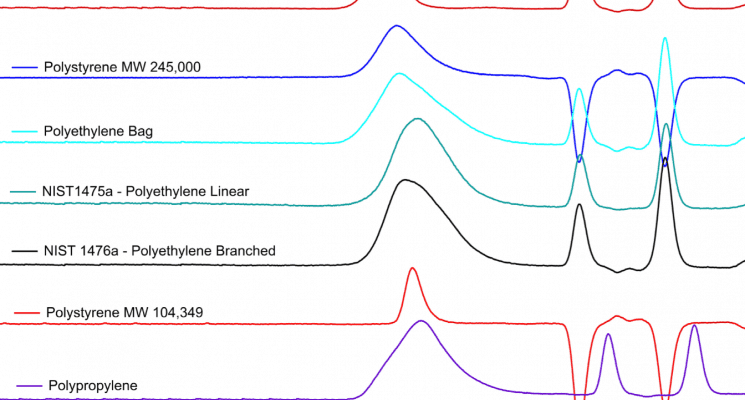Particulates can spread to the surrounding air volume of a clean room through airborne contamination or by transport attached to people or containers. This can then result in contamination of both products and the manufacturing area.
These particles, if carried over to the final drug product, can have unfavorable effects such as:
- impairment of microcirculation
- blockages of blood vessels
- damage to various organs
- phlebitis etc.
The FDA requires documentation and investigation of unexpected particles or adulterated drugs, and has taken action against companies that fail to perform adequate investigations for violations involving particle contamination.
Identifying and understanding the source of particulates is critical to controlling their spread.
Once the source is known, then elimination of the particulate contamination becomes substantially simpler. In this regard, FTIR-microscopy and SEM-EDX are powerful tools for identifying particles, as well as providing information about shape, size and surface topography.
The following analyses were conducted using a FTIR-Microscope (Thermo Nicolet iN10 MX FTIR microscope) and a SEM-EDX (Tescan Vega S 3 LMU with EDAX Octane Plus EDX detector) to investigate the chemistry of a brown colored particle found in a steel bioreactor in addition to a brown residue on the surface of the same steel reactor.
Read the following report to see the full analysis.





